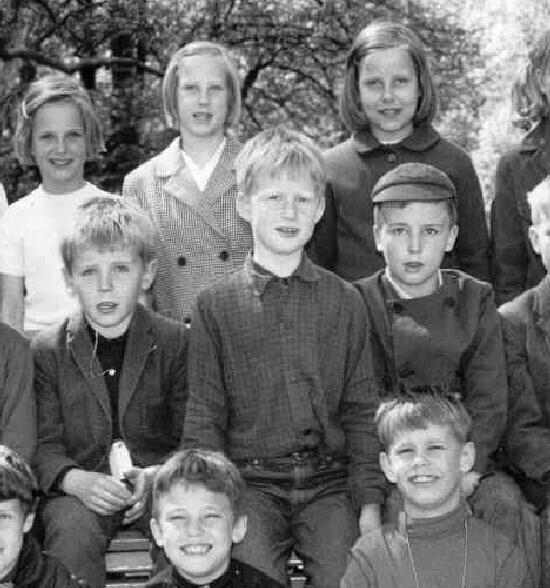
Figure 1.--Here we see one boy wearing the school blazer and another wearing the school cap, but few of the other children wore school uniform items. The boy in the blazer is not wearing the white shirt and tie that went with it.

Swedish school children for the most part have not worn school uniforms. We have, however, noted some children wearing school uniform garments. Apparently some schools had uniforms but did not require the children to wear them. The uniform garments we have noted are British-style garments, including peaked caps and blazers. School uniforms were qyuite common at private schools into the 1960s. By that time, however, children at state schools were wearing casual cloyhing heavily influenced by American styles.
We note some Swedish boys wearing British-style school caps. Some were complete with the school crest. This is almost certainly a style imported from Britain. We are unsure just how common they were and how usage varied over time. A reader tells us that private schools still insisisted on uniforms with caps like this in the 1960s. At his school school, however, the uniform was made voluntary. He and the other boys did not like the caps. They thought that they were hokey and they went flying with the least wind.
We also note some Swedish boys wearing British-style school blazers. Some were complete with the school crest. This is almost certainly a style imported from Britain. We are unsure just how common they were and how usage varied over time. One reader tells us that many oprivate schools were still requiring them in the 1960s, althouggh they were optional at his school.
We do not have much information on ties during the early 20th cenbtury.We do not see Swedish boys wear ties to school, at lest after World War II. Ties were almost unknown at state schools. They were required at some private schools.
Note the boy wearing the cap here. He iswearing a jacket with a flap that buttons across the chest. That is a style we have not noted in America or other European countries. We are not sure how common it was in Sweden.
We note some boys wearing sandals to school. Many are a variety of open-toe styles rather than the British closed-toe style of sandals.
Related Chronolgy Pages in the Boys' Historical Web Site
[The 1880s]
[The 1930s]
[The 1940s]
[The 1930s]
[The 1940s]
[The 1950s]
[The 1960s]
[The 1970s]
[The 1980s]
Related Style Pages in the Boys' Historical Web Site
[Long pants suits]
[Short pants suits]
[Socks]
[Eton suits]
[Jacket and trousers]
[Blazer]
[School sandals]
Navigate the Boys' Historical Clothing Web Page
[Return to Main Swedish school page]
[Return to Main Swedish page]
[Introduction]
[Activities]
[Biographies]
[Chronology]
[Cloth and textiles]
[Clothing styles]
[Countries]
[Topics]
[Bibliographies]
[Contributions]
[FAQs]
[Glossaries]
[Images]
[Satellite sites]
[Tools]
[Boys' Clothing Home]
